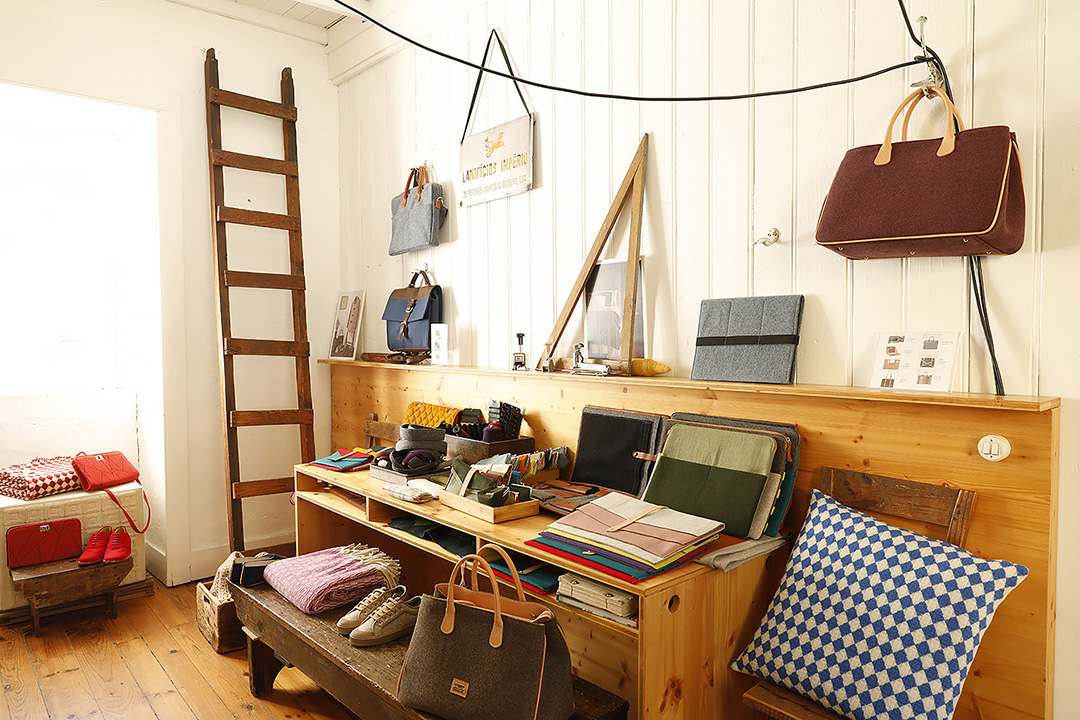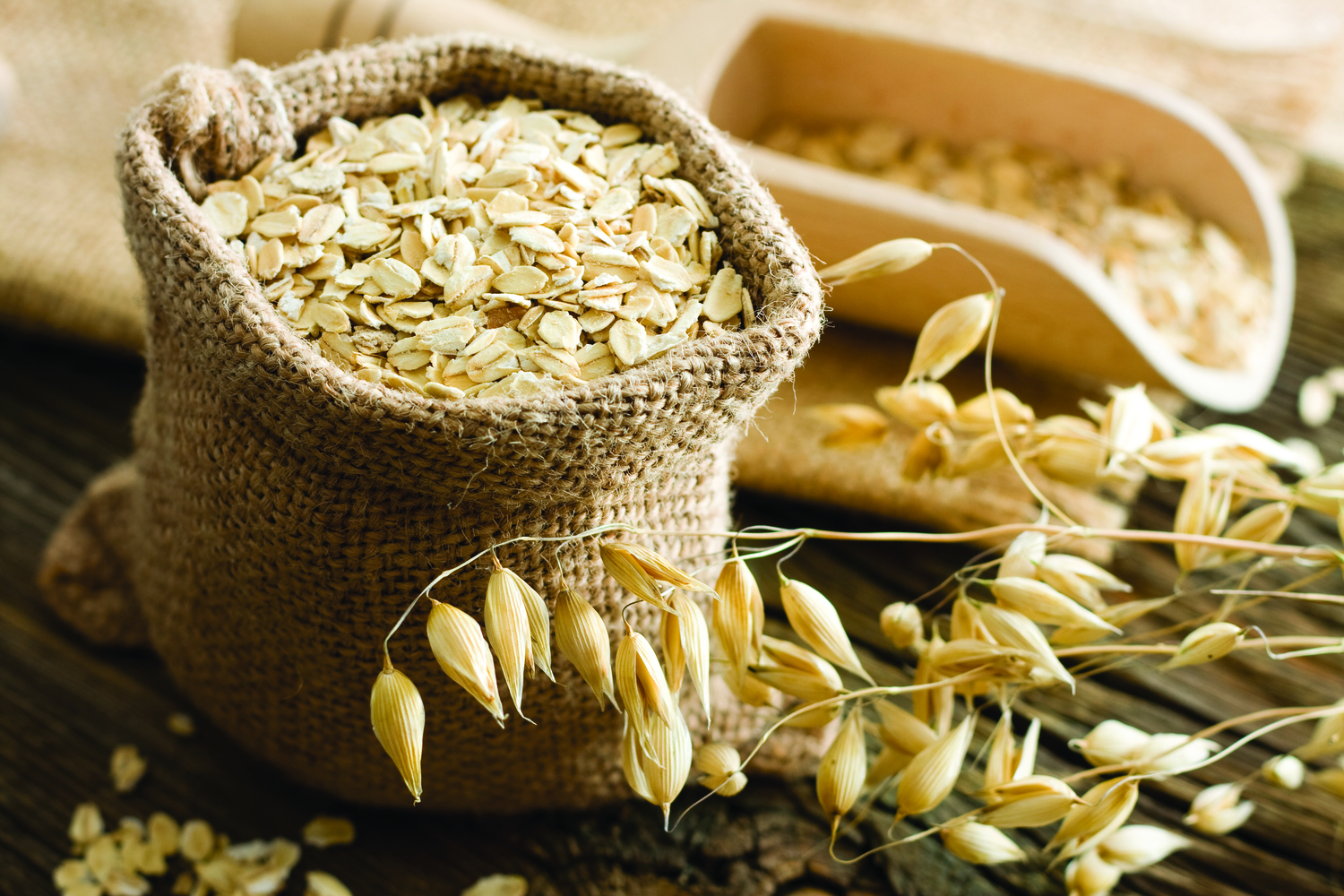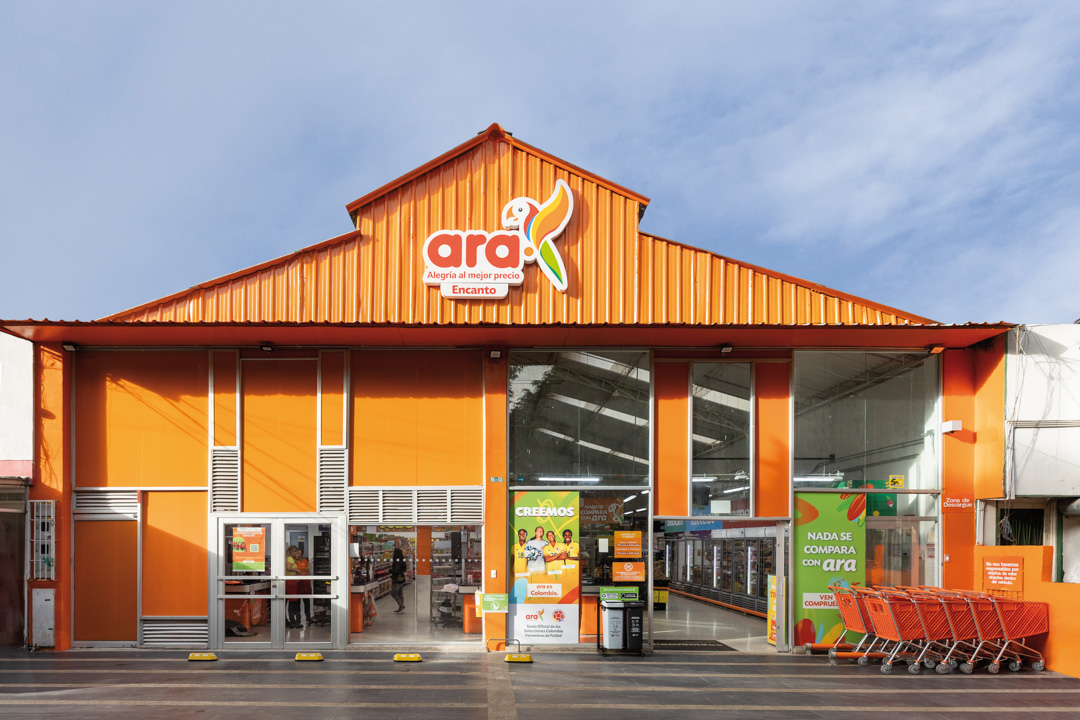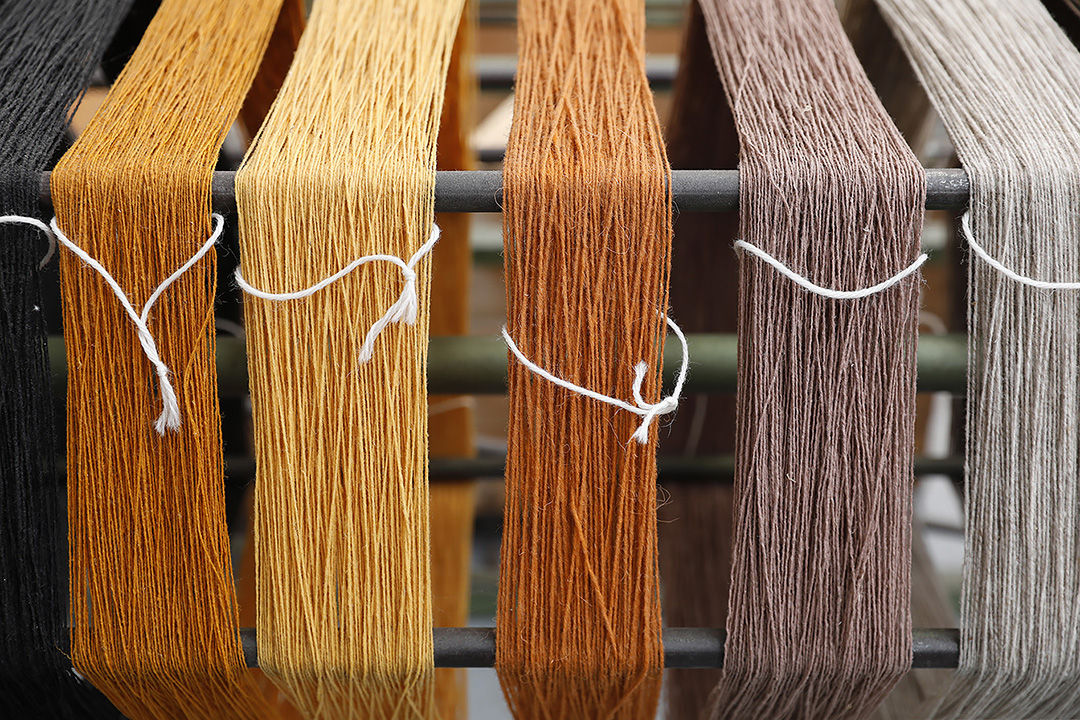
Threads of Memory
WEAVING THE FUTURE OF BUREL
The noise is deafening, but the steady to-and-fro motion of the machinery is hypnotic. After washing to remove dirt and natural oils, the white wool is prepared for the first of three carding processes. The machinery originally came from Belgium and for more than a hundred years has been powered by steam, then by naphtha, and finally by electricity. The material coming off these machines, uniform in colour and texture, is the starting point of the new story of burel. A story of innovation and perseverance which is making waves around the world and that is woven around the Burel Factory.
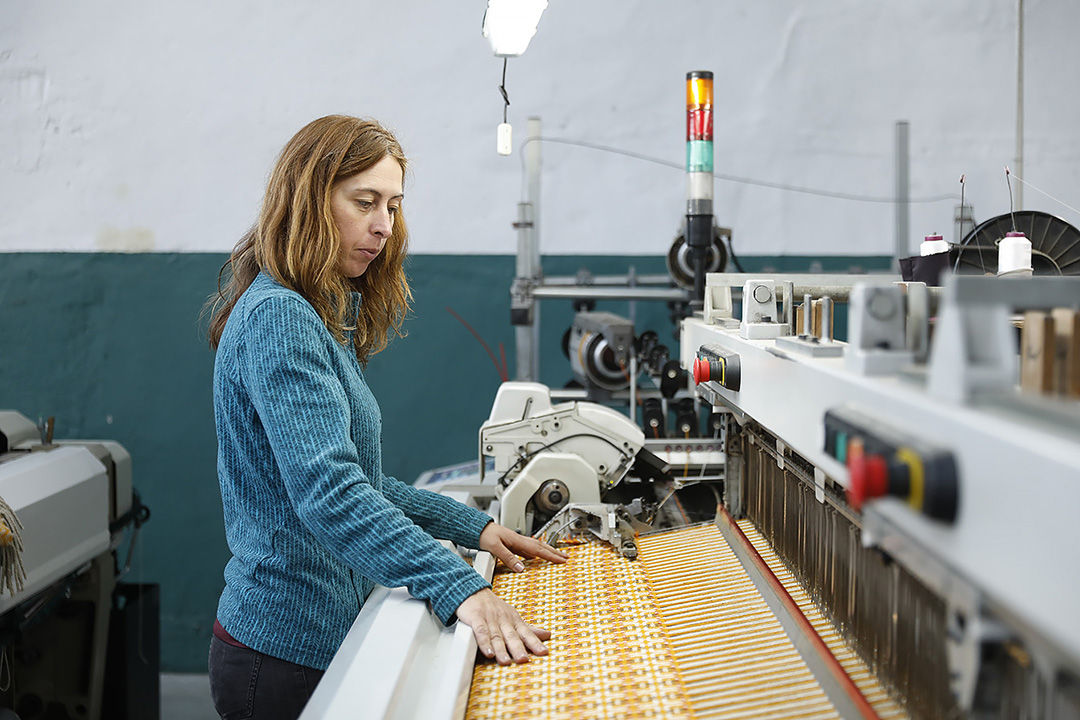
Made from wool from Bordaleira sheep, the same animals kept for producing the region’s famous cheese (queijo da Serra da Estrela), burel was traditionally used to make shepherds’ cloaks, monks’ habits and mourning clothes. Today, this coarse fabric is enjoying a renaissance and reviving the local economy. The town of Manteigas, high in the Estrela Mountains, was hit by the closure of one woollen mill after another, until the last, the longestablished Império mill, fell silent in 2006.
When Isabel Soares and João Tomás bought what is today the Casa das Penhas Douradas hotel, they decided to use burel for its interiors. They rented a part of the Império mill to produce the fabrics, got hooked and ended up keeping on the workshop. They were rewarded with a commission to decorate Microsoft’s offices in Lisbon. Later, when Império filed for bankruptcy, Isabel and João bought its assets (machinery, furniture, patterns, remnants of old collections), set up a weaving line and managed to employ some of the former mill workers. Thanks to the skills of experienced weavers and the new owners’ flair for contemporary design, the looms have come back to life.
HOW BUREL IS MADE

The raw wool is first carded and cut, to produce slubbing. Any excess is returned to the first carding process. The fine, fragile slubbing is then spun to form the thread, which is transferred to the bobbins. Here, Delfina Patriarca, who came from another mill that closed shortly before Império, passes on her skills to a younger generation of workers: “I help them to tie the knots and to thread the spools. It’s good to teach what we know, it’s nice to see them learn what we learned.” Working the warping machine, Susana started out here three years ago: “I had my own restaurant business, but it wasn’t a success so my sister-in-law, who had worked at Império, told me to get a job here.” It’s Susana’s job to lay out and pull the threads into a vast web in the precise sequence in which they should reach the looms. She looks with pride at the pieces she has helped to create. “It’s ours. And it’s doing a lot for Manteigas .” It’s time to start weaving. On the looms, the warp and the weft come together to make the finished fabric, which is then weighed and measured. At the quality control stage, the burel is scrutinised for imperfections, which are then corrected manually.
RESOURCEFUL WOOL – Burel is 100% biodegradable and can be composted and used as fertiliser. It is highly resistant to water, fire, light, pressure and tearing, and functions as a natural material for insulation and soundproofing. All this makes it extremely versatile.
Next comes the finishing process: washed and beaten, the final fabric shrinks between 30 and 40%, leaving it softer and stronger, ready for dyeing (although sometimes the dyeing is done at the start or halfway through the process). Traditionally, burel was produced only in its natural colours (white, brown and surrobeco, which is a mixture of white and brown).
COUNTLESS USES
Multicoloured ponchos, cushions and pouffes in the shape of a sleeping fox, laptop mats, 3D wall panels. Burel Factory has found countless ways of using burel in fashion, interior design and architecture. And of course there are blankets, marketed under the Mantecas brand, which has grown to include cushions, shawls and scarves. As well as its online store, the company has three brick-andmortar shops (Porto, Lisbon and Manteigas) and two hotels.
It was in Japan that Burel Factory began its internationalisation process, a pressure test justified by the high demands this country is known for. In a year when the sector’s exhibitions returned to their usual functioning, the company once again participated in the Jitac European Textile Fair in Tokyo. This was followed by appearances at ShowUp in the Dutch city of Vijfhuize, 3 Days of Design in Copenhagen, Première Vision in Paris and the London Textile Fair.
